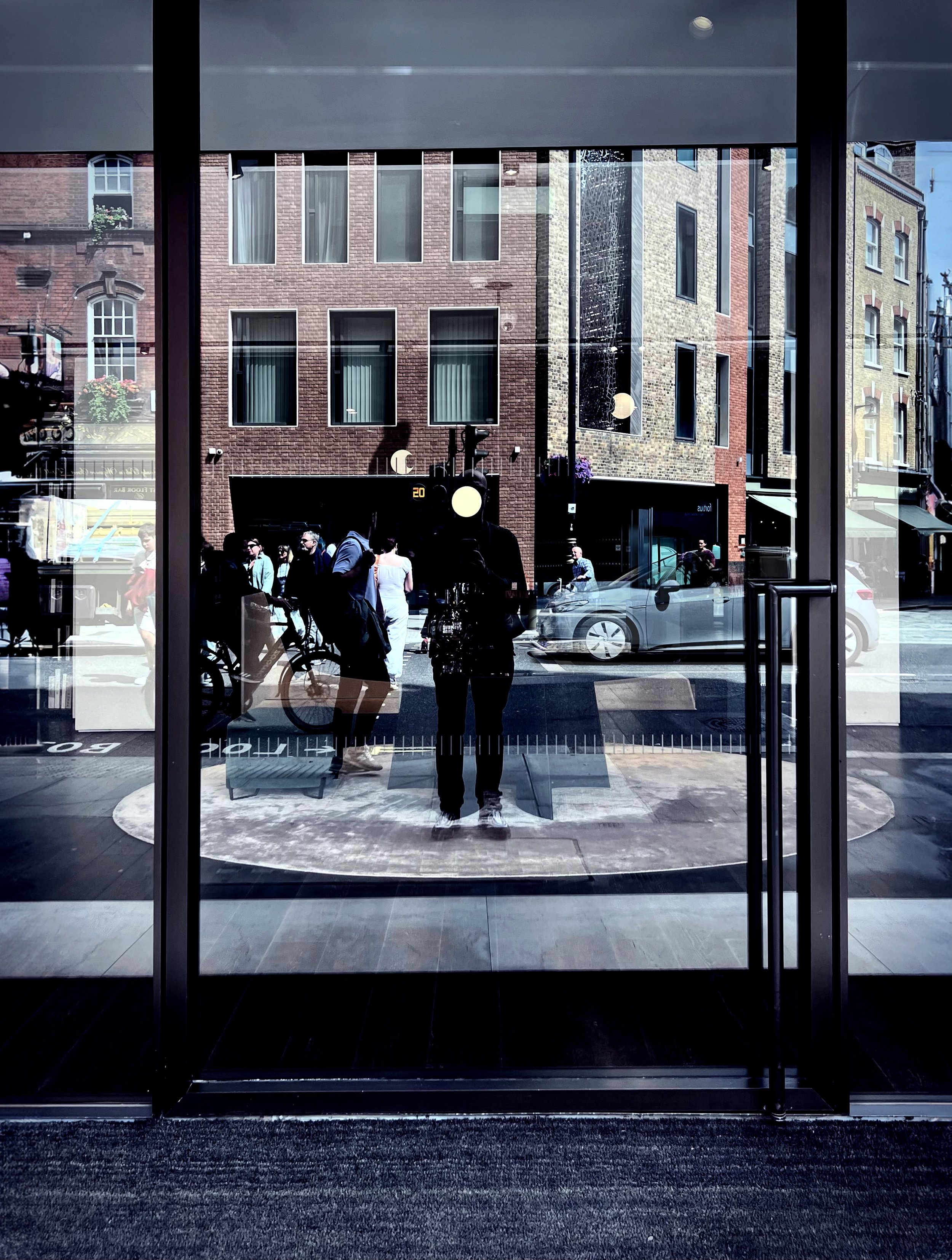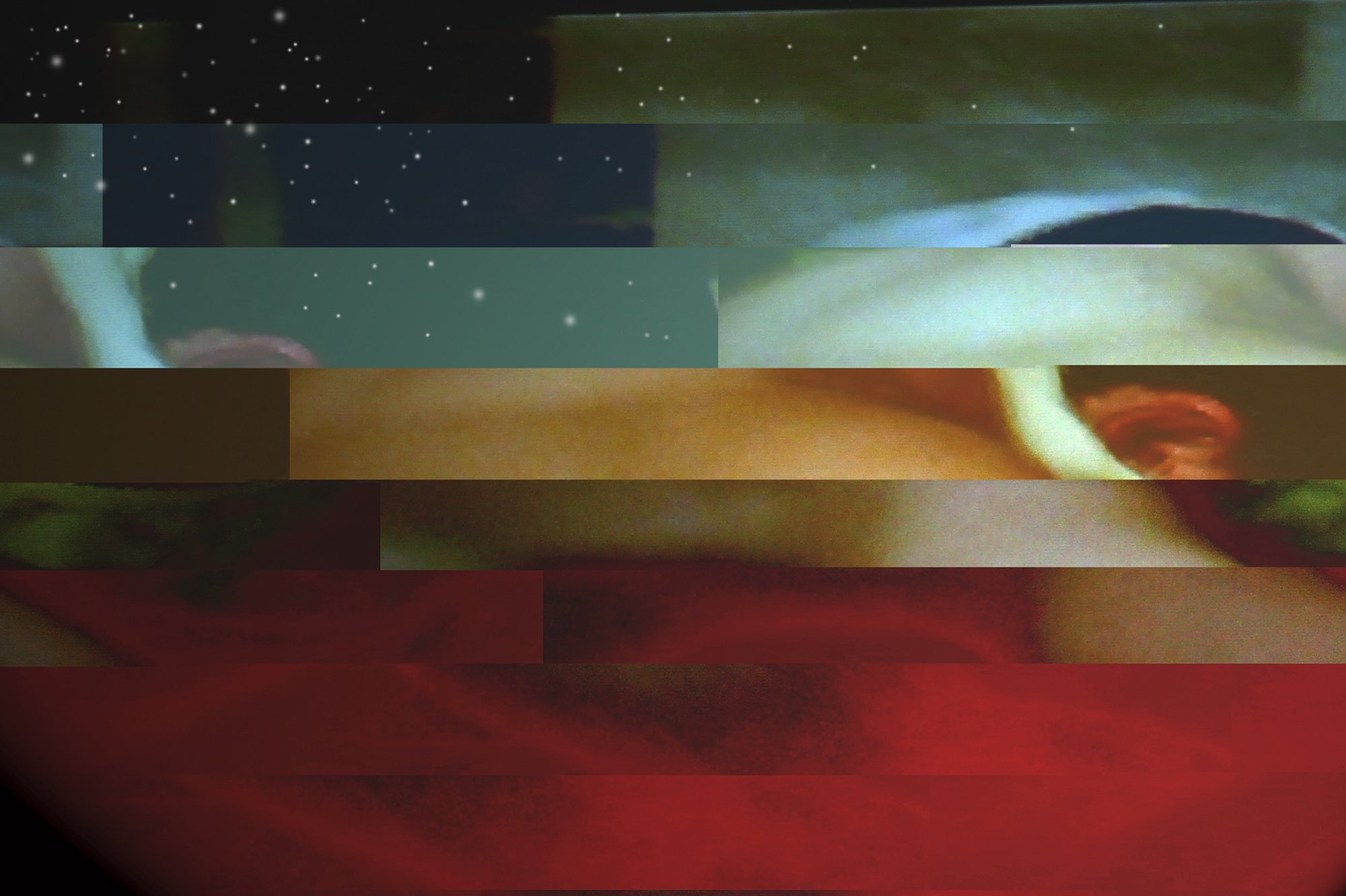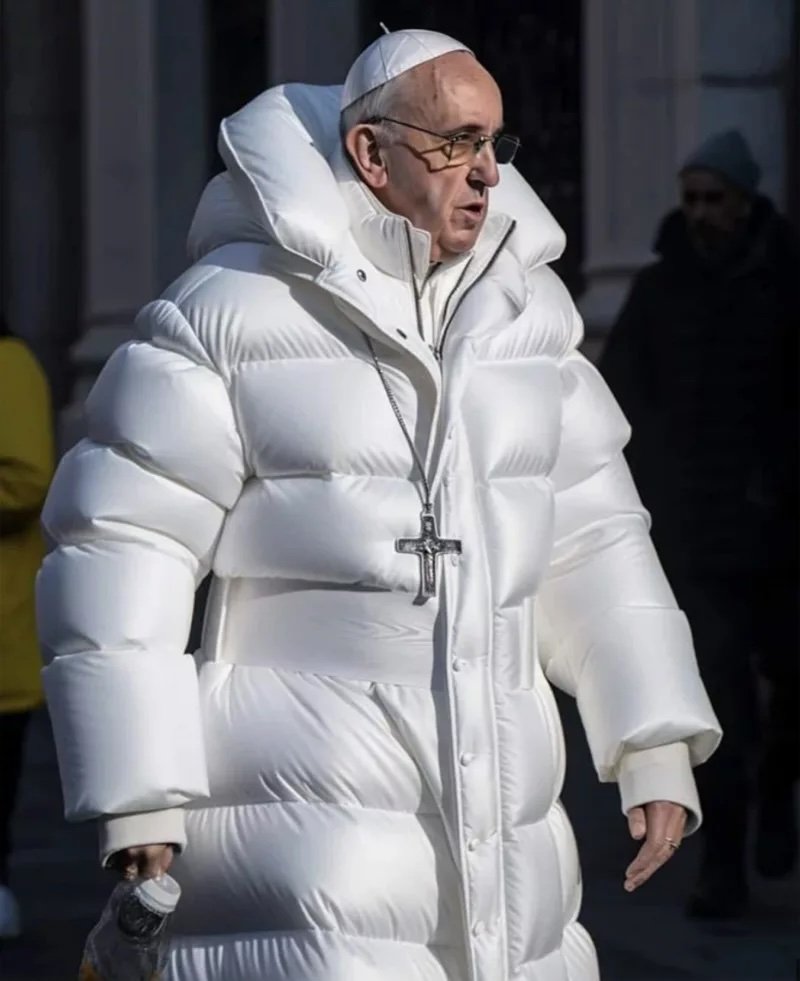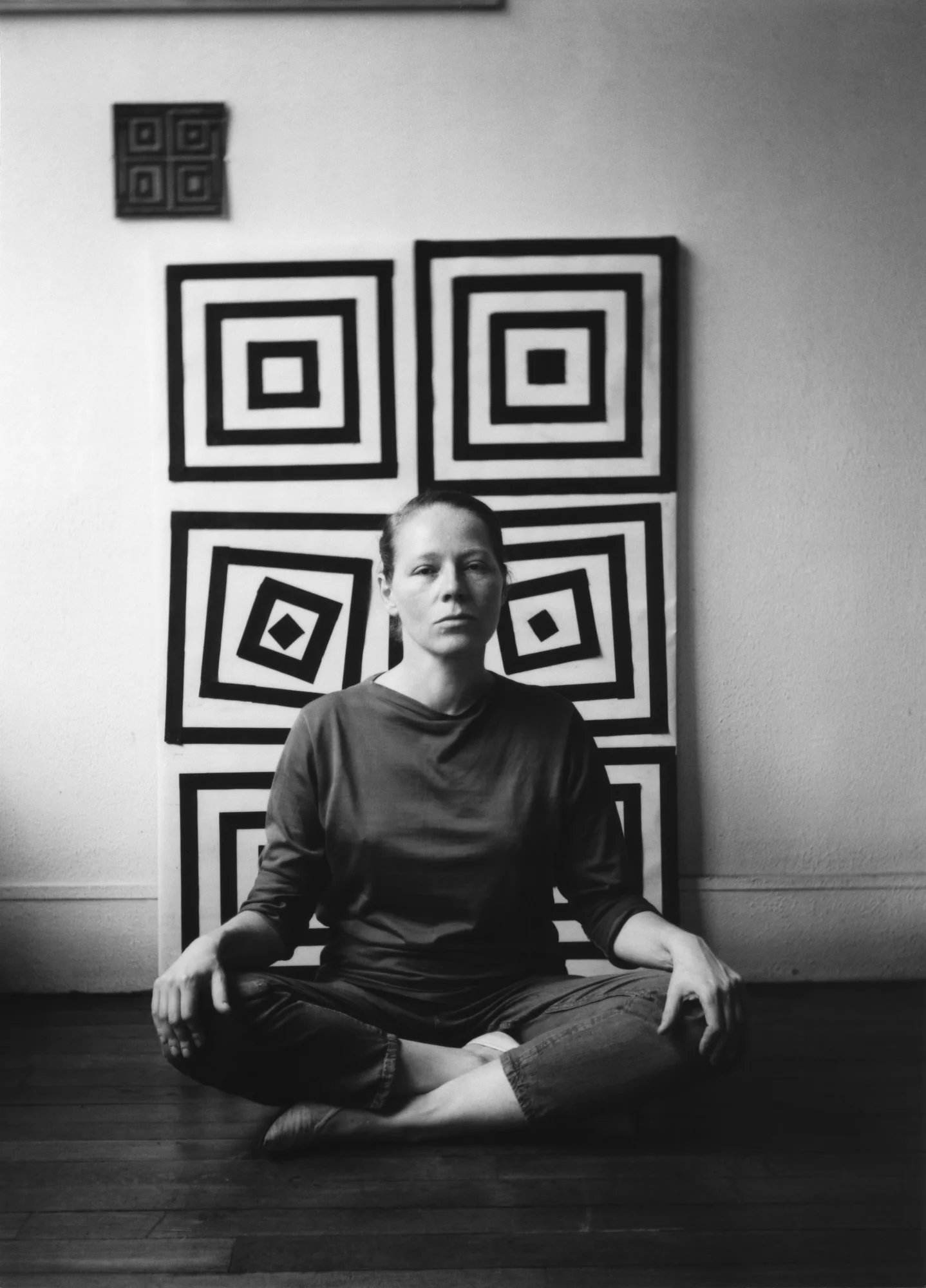
Don't You Wish You Were On The Other Side Of The Glass
By David Van Eyssen
“I’m always asking questions when I work. Where does the figure belong in relation to the rest of the objects in the frame, and to the window itself? Is the reflection ambiguous — does it ask the viewer to query the position of the subject? Does the image make us ask what is on the inside looking out, or on the outside looking in, and where that dividing line is? When I’m taking a picture, I work with the same cues we look for unconsciously in everyday life to tell us what's real or not.”

Pioneering Digital Glitch Collaboration in 2005
By Clayton Campbell and Christian Knudsen
“In 2005 at the 18th Street Arts Center in Santa Monica, California, Clayton Campbell and Christian Knudsen were some of the first West Coast artists to experiment with data bending and glitching jpg files for digital photography. It began when Campbell, using the first commercially available digital cameras, re-photographed from his computer screen the notorious images of US soldiers torturing Iraqi prisoners at Abu Ghraib prison. The files corrupted when downloaded, appearing as static, distorted, fragmented fields of color.”

A Short Walk Through the Uncanny Valley of A.I. Art
By Clayton Campbell
"Historically, the integration of new technologies in the arts has consistently upended assumptions and expectation of what art should be. The arts and science are our best bell weather as to how civilization will evolve. As Artificial Intelligence technology radically expands its global presence an equal mix of excitement and anxiety has arisen. An overarching question has been whether A.I. will ultimately replace human creativity, or continue to augment it?"

Generative Art: The Legacy of Harold Cohen and Vera Molnar
By Robert P. Fine
"Harold Cohen, Vera Molnar and others, were unique in that their initial entry into the developmental world of art and computers was as artists with a vision, not as scientists and academics whose goal it was to build the field of computer science."

